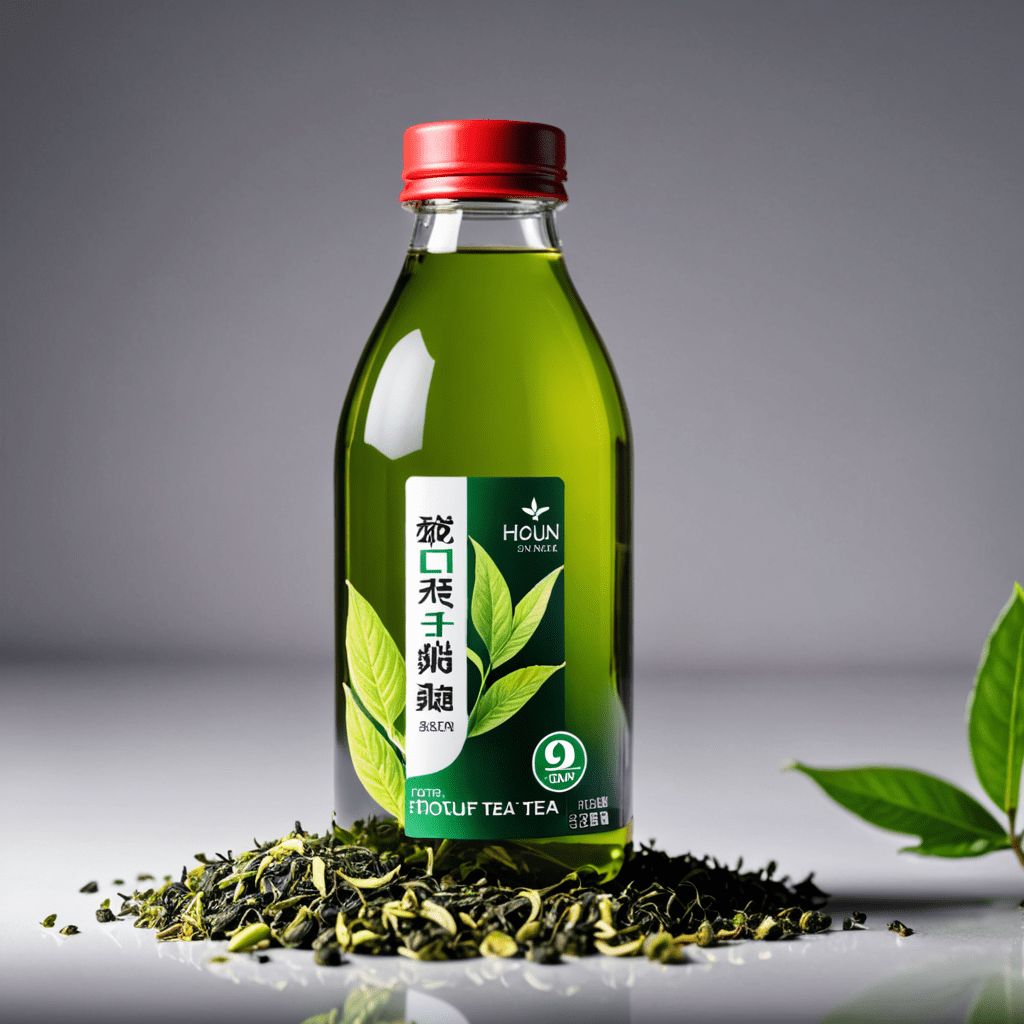White Tea: A Symphony of Subtlety
White tea is a delicate and exquisite variety revered for its subtle flavors and numerous health benefits. In this blog post, we’ll explore the origins, production methods, flavor profile, and health benefits of white tea.
The Origins of White Tea
White tea originated in China’s Fujian province during the Song dynasty. It was initially reserved for royalty and the elite due to its rarity and labor-intensive production process.
Production Methods
White tea is made from the young leaves and buds of the Camellia sinensis plant. The leaves undergo minimal processing, withering in natural sunlight and undergoing a gentle drying process. This minimal processing helps retain the natural antioxidants and delicate flavors of the tea.
Flavor Profile
White tea offers a subtle and nuanced flavor profile, often described as floral, sweet, and light. It lacks the grassy or astringent notes found in other types of teas, making it a popular choice for those seeking a milder brew.
Health Benefits
White tea is celebrated for its high concentration of antioxidants, which are believed to promote skin health, reduce the risk of chronic diseases, and support overall well-being. Additionally, it contains minimal caffeine, making it a gentle option for those looking to limit their caffeine intake.
Best Brewing Practices
To fully appreciate the delicate flavors of white tea, it’s essential to brew it at the right temperature (around 175°F) and steep it for a shorter duration, typically 1-3 minutes. This ensures that the subtle flavors are extracted without bitterness.
Pairing White Tea
White tea pairs well with light and delicate flavors such as fruits, pastries, and mild cheeses. Its subtle profile complements rather than overwhelms the flavors of accompanying foods, making it an excellent choice for afternoon tea or as an accompaniment to a light dessert.
Exploring White Tea Varieties
While traditional white tea varieties like Bai Hao Yin Zhen (Silver Needle) and Bai Mu Dan (White Peony) are widely celebrated, there are also flavored and blended white tea options available, offering a modern twist on this classic beverage.
FAQ About White Tea: A Symphony of Subtlety
What is white tea?
White tea is a type of tea made from the young leaves and buds of the Camellia sinensis plant. It undergoes minimal processing, which helps to maintain its delicate flavor and high levels of antioxidants.
What makes white tea unique?
White tea stands out for its subtle and delicate flavor profile, often described as floral, sweet, and light. It is appreciated for its low caffeine content and high concentration of beneficial compounds.
How is white tea different from other types of tea?
Unlike green, black, or oolong tea, white tea undergoes minimal processing. It is often harvested in early spring and is known for its silvery-white leaves and buds, which contribute to its name.
What are the health benefits of white tea?
White tea is rich in antioxidants, such as catechins and polyphenols, which may help protect the body from cellular damage. It is also believed to support skin health, aid in weight management, and promote overall well-being.
How should white tea be brewed?
To brew white tea, use water that is heated to around 175°F (80°C) and steep the tea for 1-3 minutes. The delicate nature of white tea requires gentler brewing compared to other types

